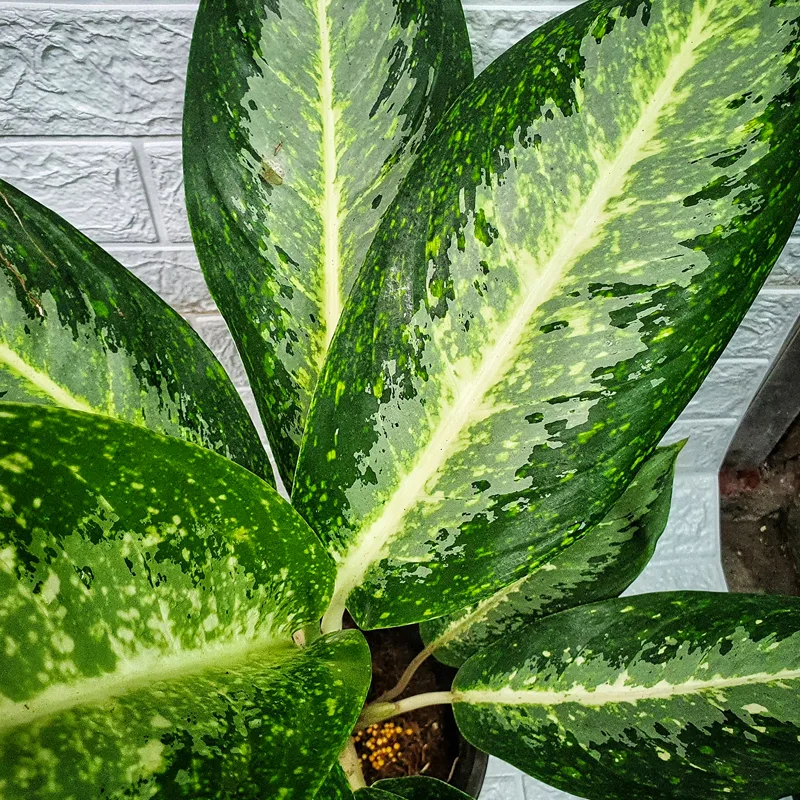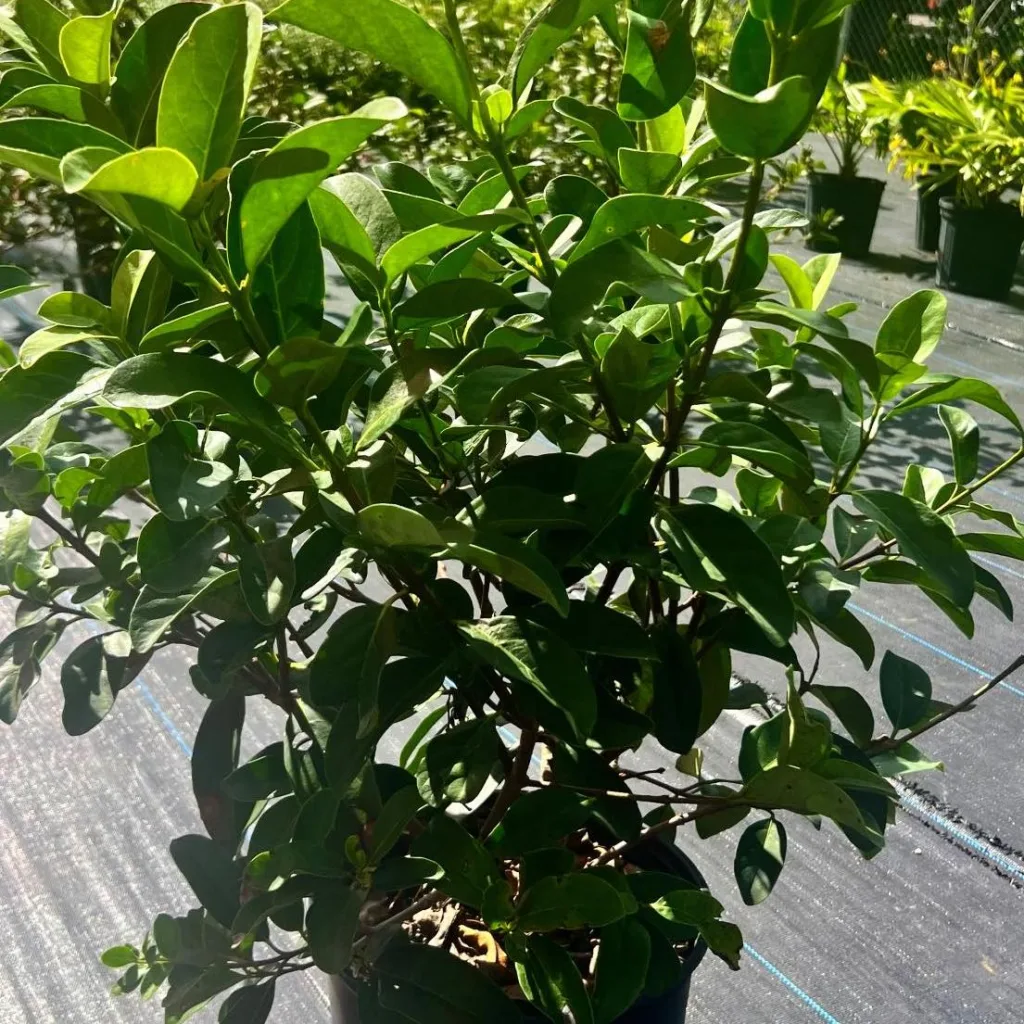Cuminum: A Deep Dive into the Genus of a Beloved Spice
As a food enthusiast, I’ve always been fascinated by the diverse world of spices. One spice that holds a special place in my heart (and spice rack) is cumin. Its warm, earthy flavor adds depth and complexity to countless dishes, from chili to curry. But I recently realized that my knowledge of cumin extended only as far as the spice jar in my kitchen. I knew next to nothing about the plant itself. So, I embarked on a journey to learn more about the Cuminum genus, and I’m excited to share my discoveries with you.
What is Cuminum?
Cuminum is a genus of flowering plants belonging to the family Apiaceae, which also includes carrots, parsley, and dill. These plants are native to the Irano-Turanian region, stretching from the eastern Mediterranean to India. While the genus includes four distinct species, the one we’re most familiar with is Cuminum cyminum, the source of the cumin spice we all know and love.
The Species in Cuminum
- Cuminum cyminum – This is the most common species, cultivated for its aromatic seeds used as a spice.
- Cuminum borszczowii – A lesser-known species, also found in the Irano-Turanian region.
- Cuminum setifolium – Another less common species, with limited information available about its uses.
- Cuminum sudanense – A rare species, primarily found in Sudan.
Cuminum Cyminum: The Star of the Show
Let’s delve deeper into Cuminum cyminum, the species responsible for the cumin spice. This annual herbaceous plant typically grows to a height of 30-50 cm. It has slender, branching stems and delicate, feathery leaves. The plant produces small, white or pink flowers, which eventually give way to the fruits that contain the precious cumin seeds.
The cumin seeds are actually the dried fruits of the plant. They’re small, boat-shaped, and have a distinctive ridged appearance. The flavor of cumin is often described as warm, earthy, and slightly bitter, with a hint of citrus. These unique characteristics make cumin a staple in various cuisines around the world.
Cultivation and Harvesting
Cumin thrives in warm climates with full sun exposure. It prefers well-drained soil and requires a frost-free growing season of about 120 days. The plants are typically grown from seed, which are sown directly into the ground or started indoors and later transplanted.
Harvesting cumin is a labor-intensive process. Once the fruits mature and turn brown, the entire plant is carefully pulled from the ground. The plants are then left to dry in the sun, allowing the seeds to fully ripen. After drying, the seeds are separated from the plant through threshing.
Cumin’s Culinary Journey
Cumin’s culinary journey began thousands of years ago in the Middle East. Ancient Egyptians used cumin for both culinary and medicinal purposes. It was even found in the tomb of Tutankhamun! From there, cumin spread to other parts of the world, becoming an essential ingredient in Indian, Mexican, and North African cuisines.
Today, cumin is a beloved spice used in countless dishes. It’s a key ingredient in chili powder, garam masala, and adobo seasoning. Cumin’s versatility shines through in its ability to enhance the flavor of meats, vegetables, soups, stews, and even breads.
Beyond the Spice Rack
While cumin is primarily known for its culinary applications, it also boasts a rich history of medicinal use. Traditional medicine systems have utilized cumin for its potential digestive, anti-inflammatory, and antioxidant properties. While more research is needed to fully understand cumin’s health benefits, its long history of use suggests it may offer some therapeutic potential.
My Cuminum Conclusion
My exploration of the Cuminum genus has given me a newfound appreciation for this remarkable spice. I’ve learned that cumin is more than just a flavor enhancer; it’s a plant with a rich history, diverse species, and potential health benefits. The next time I use cumin in my cooking, I’ll be sure to remember the fascinating journey of this tiny seed, from a delicate flowering plant to a staple spice in kitchens around the world.
If i die, water my plants!



